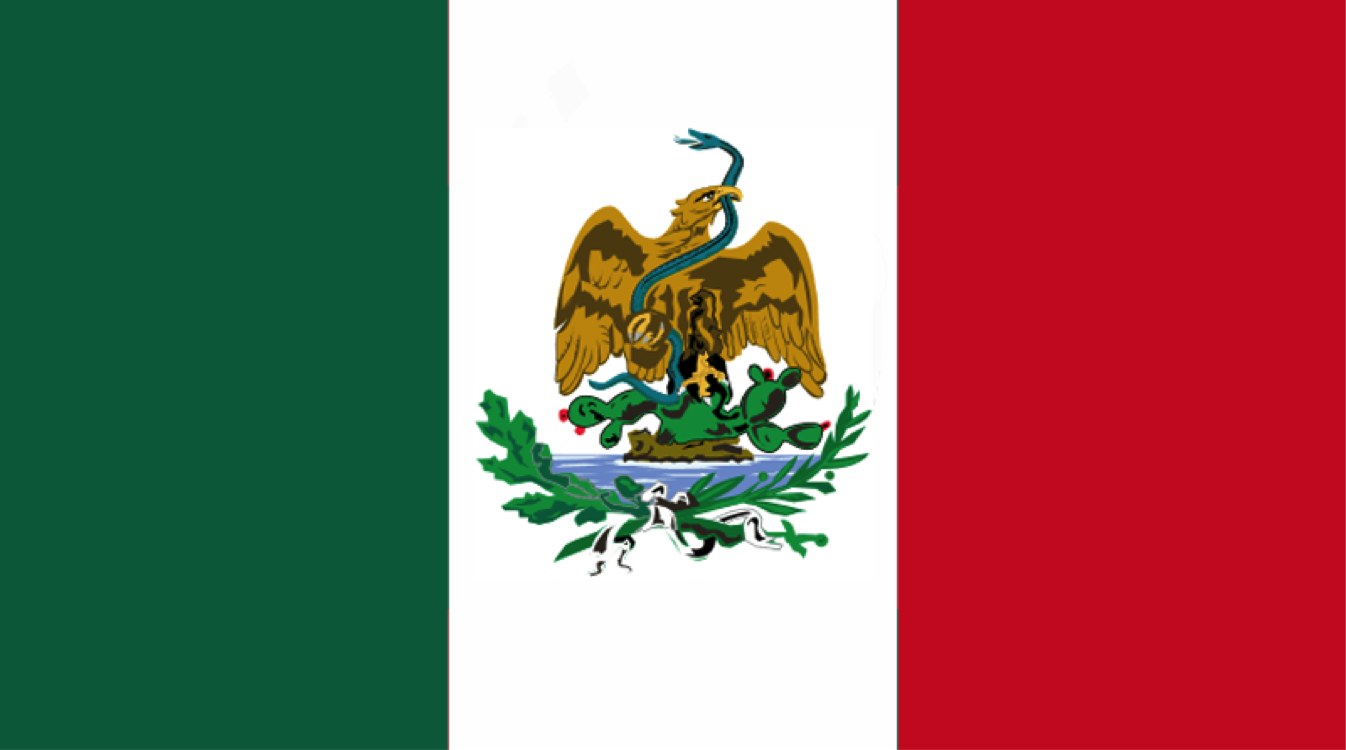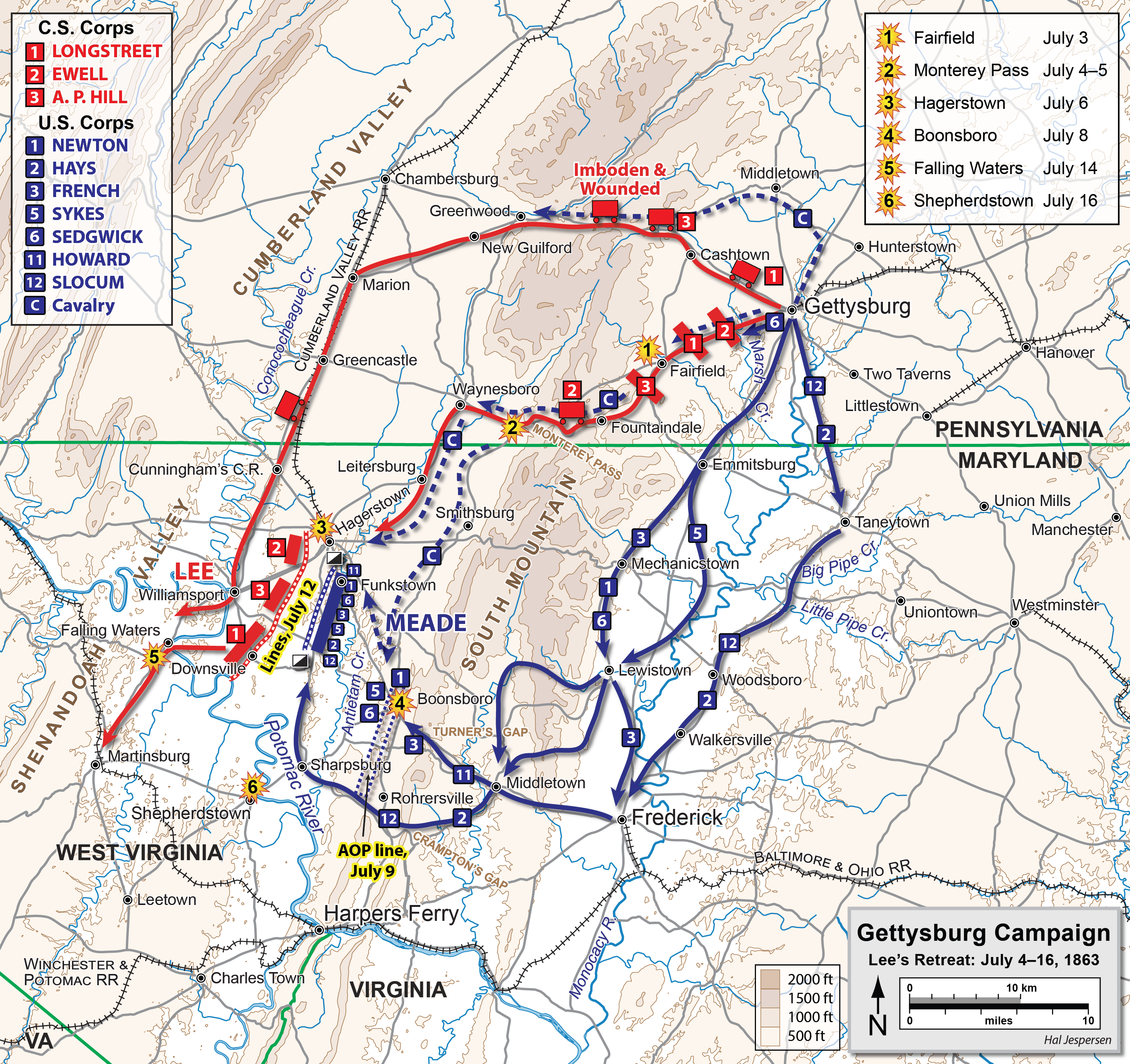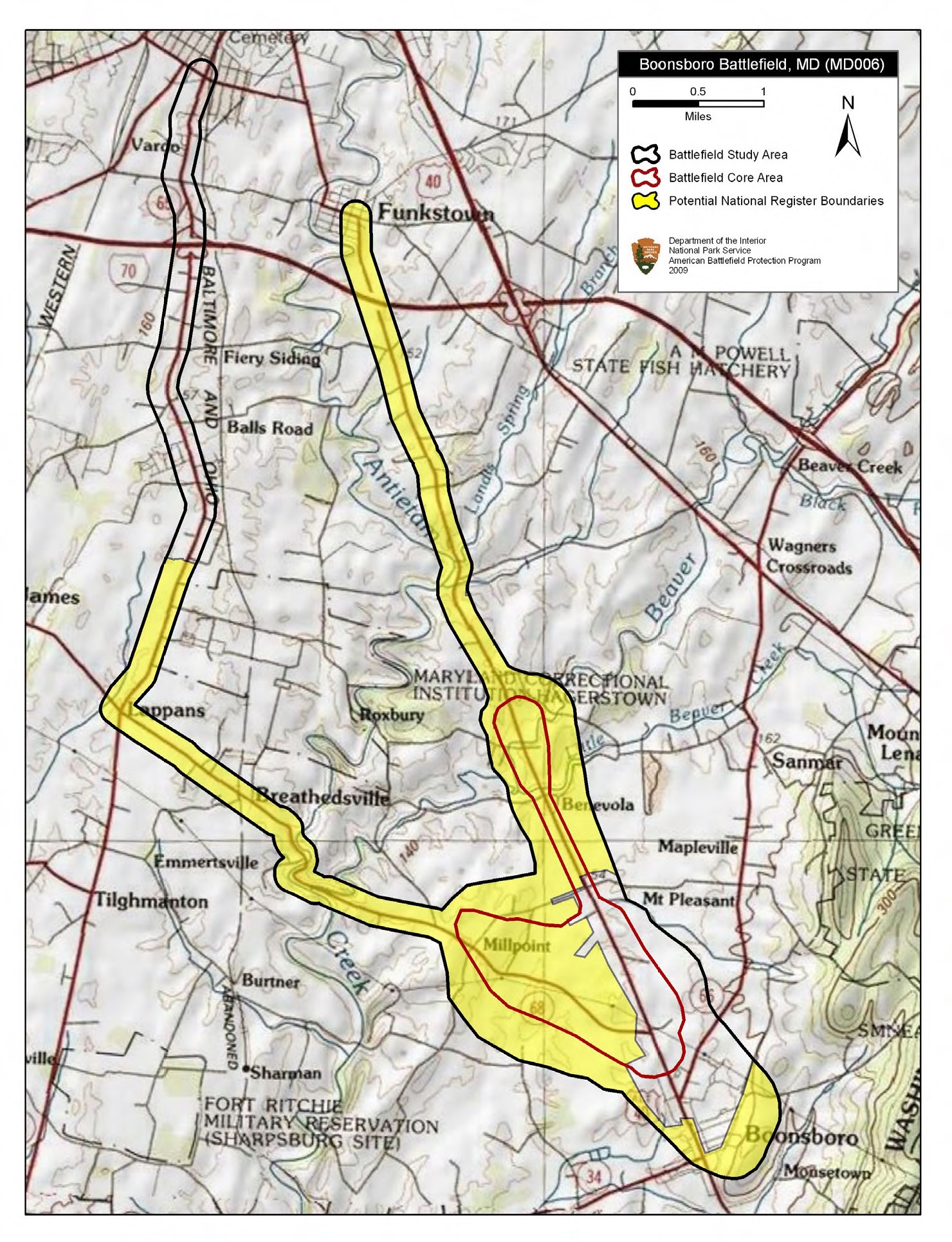|
Eugene D. Dimmick
Eugene Dumont Dimmick (1840–1935) was an American Brigadier General of the American Civil War, the Crow War and the Spanish–American War. He was known for his participation in the execution of the Crow chief Sword Bearer and for leading the 9th Cavalry Regiment during the Battle of San Juan Hill after its previous commander, John Morrison Hamilton was killed during the battle. American Civil War Dimmick was born on July 31, 1840, in Athens, New York on July 31, 1840, as the son of Elnathan Nye and Emily Jane (née McCowan) Dimmick. He began his military career by enlisting within Company G of the 2nd New Jersey State Militia on April 26, 1861, but after initially being discharged on July 31, 1861, he re-enlisted within Company M the 5th New York Cavalry Regiment on October 7, 1861, as a First Sergeant before being promoted to Second Lieutenant on May 9, 1862. After being promoted to First Lieutenant on October 10, 1862, he fought in the battles of Good's Farm, Culpe ... [...More Info...] [...Related Items...] OR: [Wikipedia] [Google] [Baidu] |
Athens, New York
Athens is a town in Greene County, New York, United States. The population was 3,916 at the 2020 census. The town of Athens has a village also called Athens. The town is near the eastern edge of the county. History The town of Athens was formed on February 25,1815 from parts of the towns of Catskill and Coxsackie. In 1890, the total population was 2,361. Geography and climate According to the United States Census Bureau, the town has a total area of 28.8 square miles (74.7 km2), of which 26.2 square miles (67.8 km2) is land and 2.7 square miles (6.9 km2, or 9.22%) is water. The eastern town line is defined by the Hudson River and is the border of Columbia County. U.S. Route 9W and the New York State Thruway ( Interstate 87) pass through the town. Demographics As of the census of 2000, there were 3,991 people, 1,600 households, and 1,110 families residing in the town. The population density was 152.5 people per square mile (58.9/km2). ... [...More Info...] [...Related Items...] OR: [Wikipedia] [Google] [Baidu] |
Battle Of South Mountain
The Battle of South Mountain—known in several early Southern accounts as the Battle of Boonsboro Gap—was fought on September 14, 1862, as part of the Maryland campaign of the American Civil War. Three pitched battles were fought for possession of three South Mountain passes: Crampton's, Turner's, and Fox's Gaps. Maj. Gen. George B. McClellan, commanding the Union Army of the Potomac, needed to pass through these gaps in his pursuit of Confederate General Robert E. Lee's precariously divided Army of Northern Virginia. Although the delay bought at South Mountain would allow him to reunite his army and forestall defeat in detail, Lee considered termination of the Maryland Campaign at nightfall. Background South Mountain is the name given to the continuation of the Blue Ridge Mountains after they enter Maryland. It is a natural obstacle that separates the Hagerstown Valley and Cumberland Valley from the eastern part of Maryland. After Lee invaded Maryland, a copy of an o ... [...More Info...] [...Related Items...] OR: [Wikipedia] [Google] [Baidu] |
Spanish–American War
, partof = the Philippine Revolution, the decolonization of the Americas, and the Cuban War of Independence , image = Collage infobox for Spanish-American War.jpg , image_size = 300px , caption = (clockwise from top left) , date = April 21 – August 13, 1898() , place = , casus = , result = American victory *Treaty of Paris (1898), Treaty of Paris of 1898 *Founding of the First Philippine Republic and beginning of the Philippine–American War * German–Spanish Treaty (1899), Spain sells to Germany the last colonies in the Pacific in 1899 and end of the Spanish Empire in Spanish colonization of the Americas, America and Asia. , territory = Spain relinquishes sovereignty over Cuba; cedes Puerto Rico, Guam and the Philippine Islands to the United States. $20 million paid to Spain by the United States for infrastructure owned by Spain. , combatant1 = United State ... [...More Info...] [...Related Items...] OR: [Wikipedia] [Google] [Baidu] |
Crow War
The Crow War,http://electriccityweblog.com/?p=2937 also known as the Crow Rebellion, or the Crow Uprising, was the only armed conflict between the United States and the Crow tribe of Montana, and the last Indian War fought in the state. In September 1887 the young medicine man Wraps-Up-His-Tail, or Sword Bearer, led a small group of warriors in a raid against a group of Blackfoot which had captured horses from the Crow reservation. Following the raid, Sword Bearer led his group back to the Crow Agency to inform the Indian agent of his victory, but an incident arose which ended with the young leader taking his followers into the mountains. In response, the United States Army launched a successful campaign to bring the Crow back to the reservation. War Crow Incident In 1887 the Blackfoot and the Crow were in the middle of a minor conflict in which both sides raided for each other's horses. In late spring, a war party of Blackfoot raided the Crow reservation and made off wit ... [...More Info...] [...Related Items...] OR: [Wikipedia] [Google] [Baidu] |
Victorio's War
Victorios War, or the Victorio Campaign, was an armed conflict between the Apache followers of Chief Victorio, the United States, and Mexico beginning in September 1879. Faced with arrest and forcible relocation from his homeland in New Mexico to San Carlos Indian Reservation in southeastern Arizona, Victorio led a guerrilla war across southern New Mexico, west Texas and northern Mexico. Victorio fought many battles and skirmishes with the United States Army and raided several settlements until the Mexican Army killed him and most of his warriors in October 1880 in the Battle of Tres Castillos. After Victorio's death, his lieutenant Nana led a raid in 1881. Scholar Dan Thrapp wrote of Victorio's War that "never again were pachefighters in such numbers to roam and ravage that country, nor were they again to be so ably led and managed." Victorio, according to scholar Robert N. Watt, "is widely acknowledged as being one of the best guerrilla leaders of the Apache Wars." Backgroun ... [...More Info...] [...Related Items...] OR: [Wikipedia] [Google] [Baidu] |
Battle Of Culpeper Court House
The Battle of Culpeper Court House was an American Civil War skirmish fought September 13, 1863, near Culpeper, Virginia, between the cavalry of the Union Army of the Potomac and that of the Confederate Army of Northern Virginia. The Union victory opened up the Culpeper region to Federal control, a prelude to the subsequent Bristoe Campaign. Background On September 12, 1863, the Army of the Potomac's 10,000-man Union cavalry corps under Maj. Gen. Alfred Pleasonton left camp near Warrenton, Virginia, and crossed the Rappahannock River, where various elements concentrated near the hamlet of Sulphur Springs. Their objective was to attack Confederate Maj. Gen. J.E.B. Stuart's headquarters at Culpeper Court House, the seat of Culpeper County. Battle At 4 a.m. the following day, Pleasonton's three divisions moved forward nearly two miles, fording the Hazel River and approaching Culpeper. Advancing in three columns, the Union troopers drove off scattered Confederate pickets and ski ... [...More Info...] [...Related Items...] OR: [Wikipedia] [Google] [Baidu] |
Battle Of Williamsport
The Battle of Williamsport, also known as the Battle of Hagerstown or Falling Waters, took place from July 6 to July 16, 1863, in Washington County, Maryland, as part of the Gettysburg Campaign of the American Civil War. It is not to be confused with the fighting at Hoke's Run which was also known as the Battle of Falling Waters. During the night of July 4–July 5, Gen. Robert E. Lee's battered Confederate army began its retreat from Gettysburg, moving southwest on the Fairfield Road toward Hagerstown and Williamsport, screened by Maj. Gen. J.E.B. Stuart's cavalry. The Union infantry followed cautiously the next day, converging on Middletown, Maryland. By July 7, Brig. Gen. John D. Imboden stopped Brig. Gen. John Buford's Union cavalry from occupying Williamsport and destroying Confederate trains. On July 6, Brig. Gen. Judson Kilpatrick's cavalry division drove two Confederate cavalry brigades through Hagerstown before being forced to retire by the arrival of the rest of St ... [...More Info...] [...Related Items...] OR: [Wikipedia] [Google] [Baidu] |
Battle Of Boonsboro
The Battle of Boonsboro took place on July 8, 1863, in Washington County, Maryland, as part of the Retreat from Gettysburg during the Gettysburg Campaign of the American Civil War. While Gen. Robert E. Lee's Army of Northern Virginia retreated toward Virginia following its defeat in the Battle of Gettysburg, Confederate cavalry held the South Mountain passes. The cavalry fought a rearguard action against elements of the Union 1st and 3rd Cavalry Divisions and supporting infantry. This action was one of a series of successive cavalry engagements around Boonsboro, Hagerstown, and Williamsport. Battle Confederate Maj. Gen. J.E.B. Stuart faced a difficult assignment—locate the Union cavalry and prevent it from severing Gen. Lee's avenue of retreat to Williamsport and the Potomac River. The result was the biggest and most sustained cavalry battle in Maryland during the campaign. The Battle of Boonsboro occurred along the National Road on Wednesday, July 8, 1863. Stuar ... [...More Info...] [...Related Items...] OR: [Wikipedia] [Google] [Baidu] |
Battle Of Gettysburg
The Battle of Gettysburg () was fought July 1–3, 1863, in and around the town of Gettysburg, Pennsylvania, by Union and Confederate forces during the American Civil War. In the battle, Union Major General George Meade's Army of the Potomac defeated attacks by Confederate General Robert E. Lee's Army of Northern Virginia, halting Lee's invasion of the North. The battle involved the largest number of casualties of the entire war and is often described as the war's turning point due to the Union's decisive victory and concurrence with the Siege of Vicksburg.Rawley, p. 147; Sauers, p. 827; Gallagher, ''Lee and His Army'', p. 83; McPherson, p. 665; Eicher, p. 550. Gallagher and McPherson cite the combination of Gettysburg and Vicksburg as the turning point. Eicher uses the arguably related expression, " High-water mark of the Confederacy". After his success at Chancellorsville in Virginia in May 1863, Lee led his army through the Shenandoah Valley to begin his second ... [...More Info...] [...Related Items...] OR: [Wikipedia] [Google] [Baidu] |
Warrenton Junction Raid
The Warrenton Junction Raid (May 3, 1863) was a surprise attack by Confederate guerrilla warriors on a Union cavalry detachment during the American Civil War. The raid took place near a railroad junction in Virginia's Fauquier County, less than from the town of Warrenton. Confederate Major (eventually Colonel) John S. Mosby led the attack against about 100 men from the Union's 1st (West) Virginia Cavalry. At first, the raid was very successful, as many of the Union soldiers surrendered to the rebels. The remaining portion of the surprised force was surrounded in a house, and two of their leaders were wounded. The house was set on fire, and the Union soldiers surrendered. As Mosby's men rounded up prisoners and horses, a detachment of the 5th New York Cavalry surprised the rebels and rescued most of the captured Union soldiers. After a short fight, more men from the 5th New York, and the 1st Vermont Cavalry, joined in the pursuit of Mosby's fleeing rebels. Casualties ... [...More Info...] [...Related Items...] OR: [Wikipedia] [Google] [Baidu] |





